The 8 popular wines I never order as a sommelier — and what I actually get instead
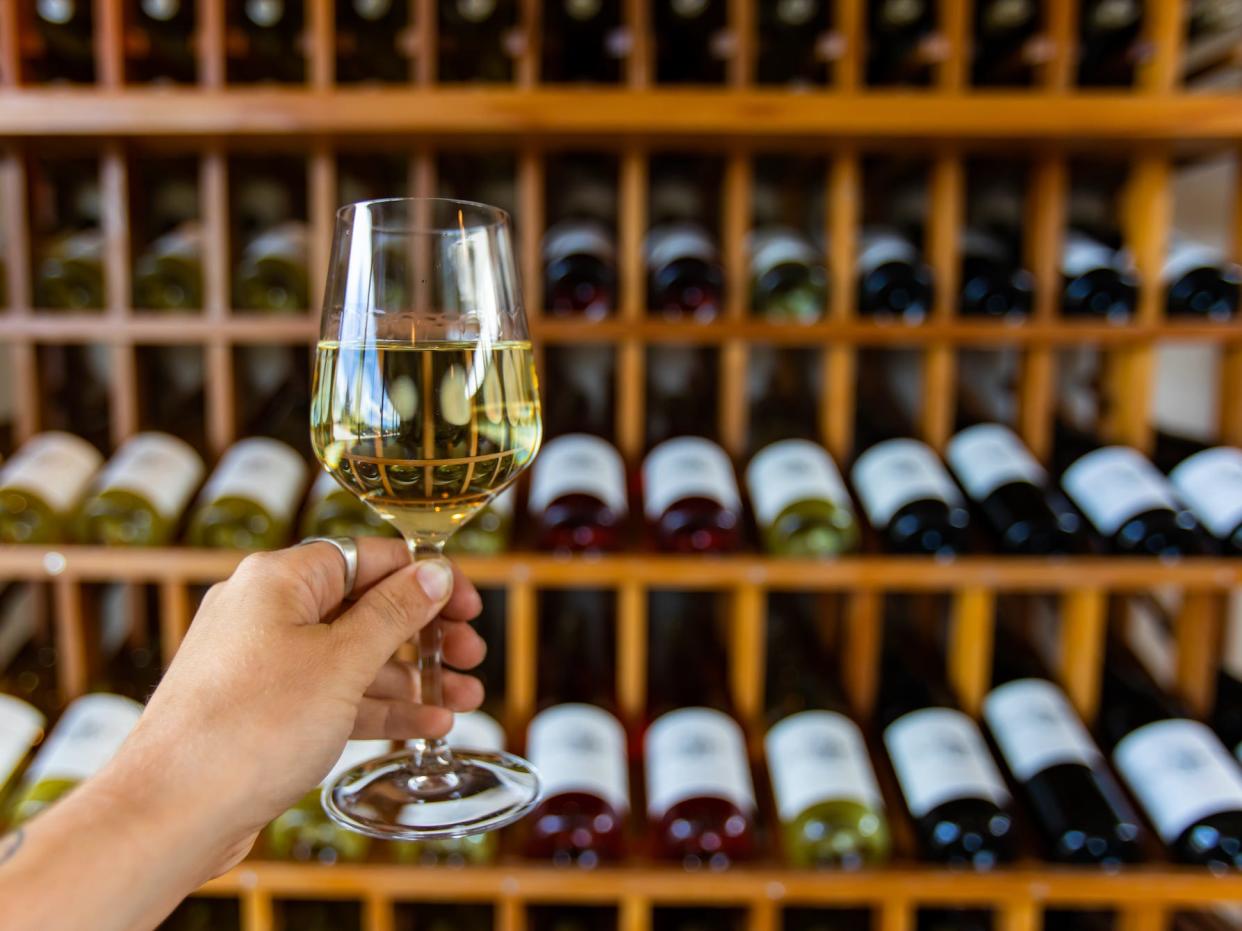
I'm a sommelier in Italy, and there are a few wines to avoid ordering at bars and restaurants.
If you're looking for a nice white, skip chardonnay and order a glass of Greek assyrtiko.
Merlot and pinot noir are popular and well-known reds, but cesanese and Barolo are much bolder.
When I started my wine journey 20 years ago, I had difficulty expressing what I liked and why. Let's face it, wine can be intimidating.
If you end up scratching your head whenever you're handed the wine list, know that you're not alone. Some vineyards are even introducing AI-powered tools into their business models to create wine blends that are more approachable and easier to market to consumers.
After training and working as a sommelier in Italy, I pride myself on being able to find my clients their new favorite drink. But over the years, I've also learned which popular blends to steer clear of when I'm out and about.
Here are some types of wine I never order and exciting alternatives I think everyone should be sipping on instead.
The bubbles can be tempting, but I avoid prosecco.
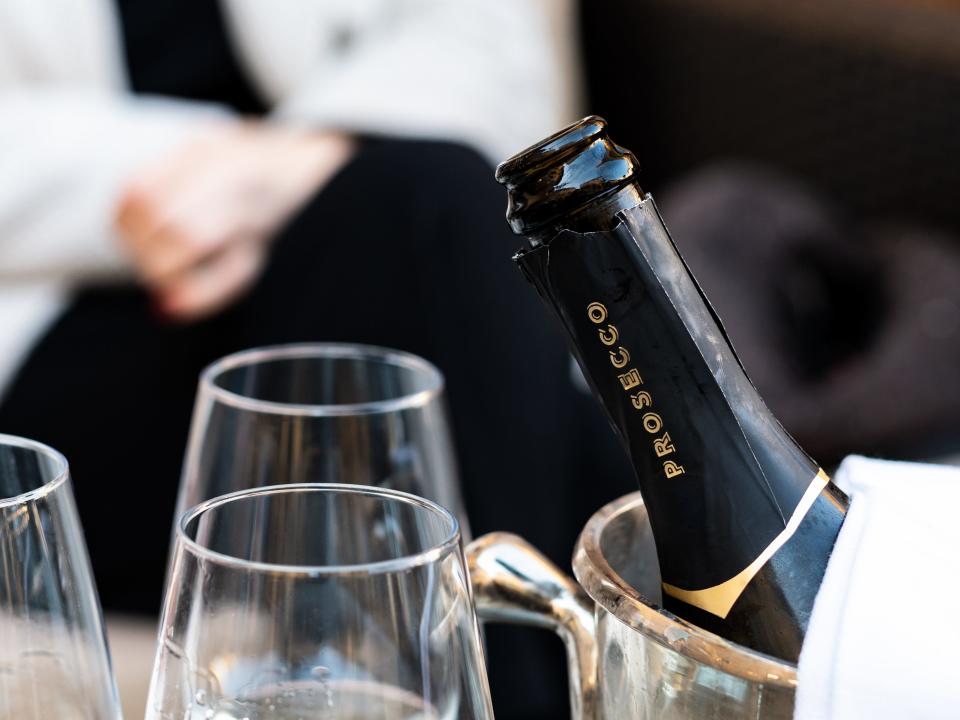
Prosecco is one of the most commonly ordered bubbly wines. But even though it may be a crowd favorite, it's often dull.
Most bottles are industrial, mass-produced swill with no character. It's fine to use as a mixer in a spritz or mimosa, but that's about it.
People order prosecco because it's an affordable sparkling wine that can be super refreshing and festive. As an alternative, I'd reach for a glass of pétillant naturel, also known as pét-nat.
The naturally sparkling wine is unfiltered and bottled during fermentation, resulting in a lively and effervescent drink that's sure to impress.
Luckily, pét-nat is also pretty affordable, with most bottles selling for under $25. My favorite producers are Los Pilares from San Diego, and Cantina Ribelà from the Roman countryside.
It's easy to stick to what you know, but skip the chardonnay next time.
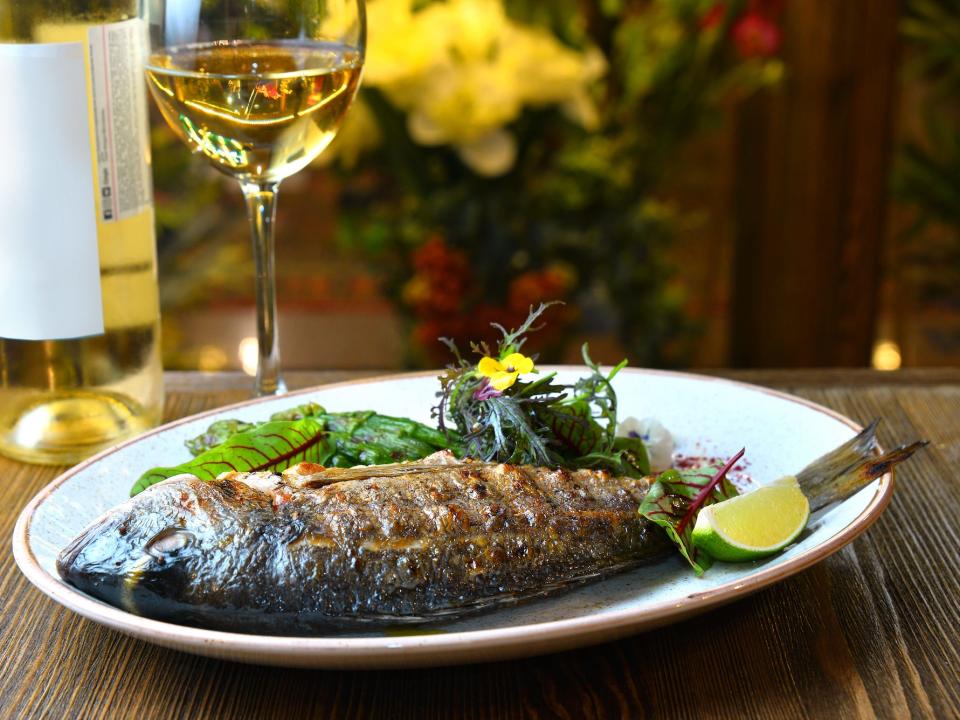
Chardonnay may be a classic choice — it grows in nearly every wine region in the world and has name recognition. But I don't think it's the best option if you're looking for a light white wine to pair with seafood or sip out on the deck.
For a refreshing alternative, opt for a glass of assyrtiko from Greece. The crisp white wine is known for its citrusy notes and mineral undertones.
I promise you can do better than a glass of pinot grigio.
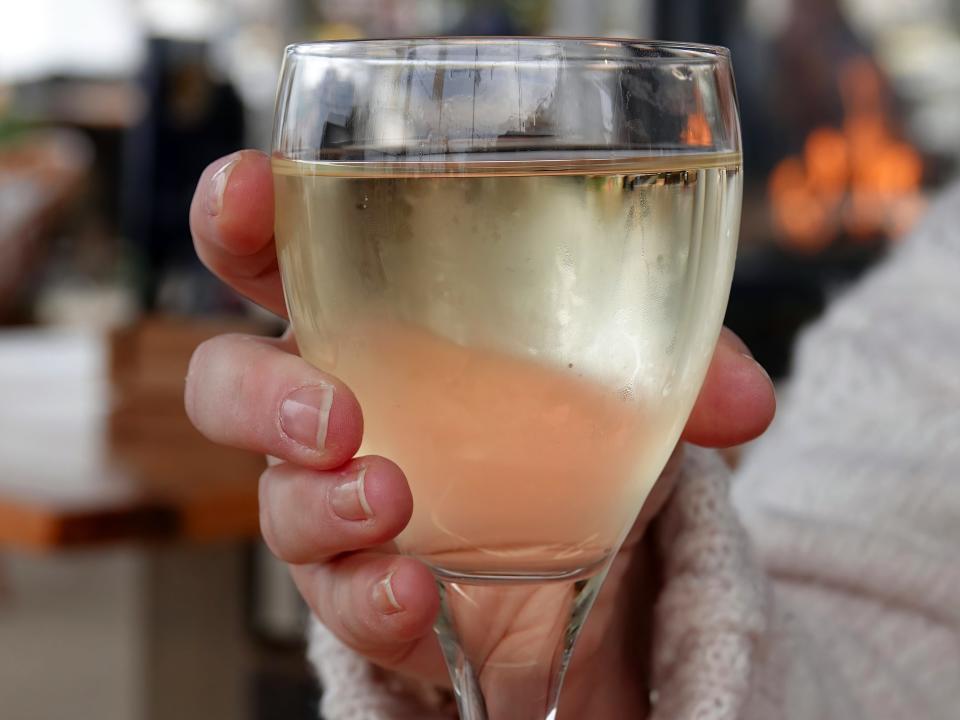
Instead of reaching for a predictable glass of pinot grigio, explore the world of garganega from the same region in Italy.
From my experience with clients, I've found that most pinot-grigio drinkers don't even love it, they just want a white that's brighter than a chardonnay. I think garganega is more interesting, offering flavors of stonefruit and citrus with a zesty finish.
I've never had a bad garganega, but my favorite label is La Biancara.
Merlot is a safe choice, but it's never going to be exciting.
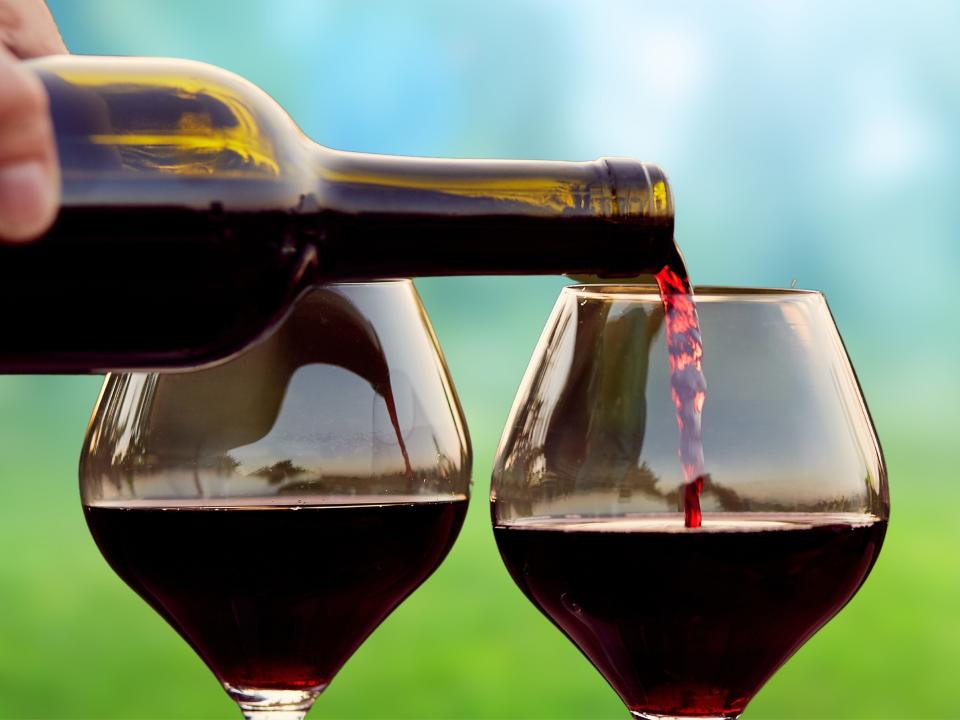
Merlot may be a safe bet, but it can be a bit boring. I'd much rather have a glass of cesanese from Rome.
The lesser-known Italian red wine offers a unique blend of dark fruit flavors, pomegranate, and a hint of spiciness, making it a tantalizing option for those seeking a new wine adventure.
It's becoming increasingly popular as more wine buyers and sommeliers in the US discover it, and I recommend looking into labels like Damiano Ciolli, Cantina Riccardi Reale, or Marco Antonelli for the best bottle.
I don't understand the hype around sauvignon blanc.

Sauvignon blanc, specifically varieties from New Zealand, is quite popular these days, and I (along with many of my colleagues) cannot understand why.
The aromas of gooseberry and citrus are easy to recognize and more exciting than many other white wines on the market. But to be completely honest, I think it tends to smell a little like cat pee.
I suggest treating yourself to a glass of chenin blanc from the Loire Valley in France. The versatile white wine is known for its vibrant acidity, honeyed notes, and range of expressions from dry to sweet.
Many French wines are named after the place they come from instead of the grape variety, so look out for Vouvray, Saumur, and Savennières if you want to give it a try. The absolute benchmark producer is Nicolas Joly.
Bypass another middling glass of cabernet sauvignon.
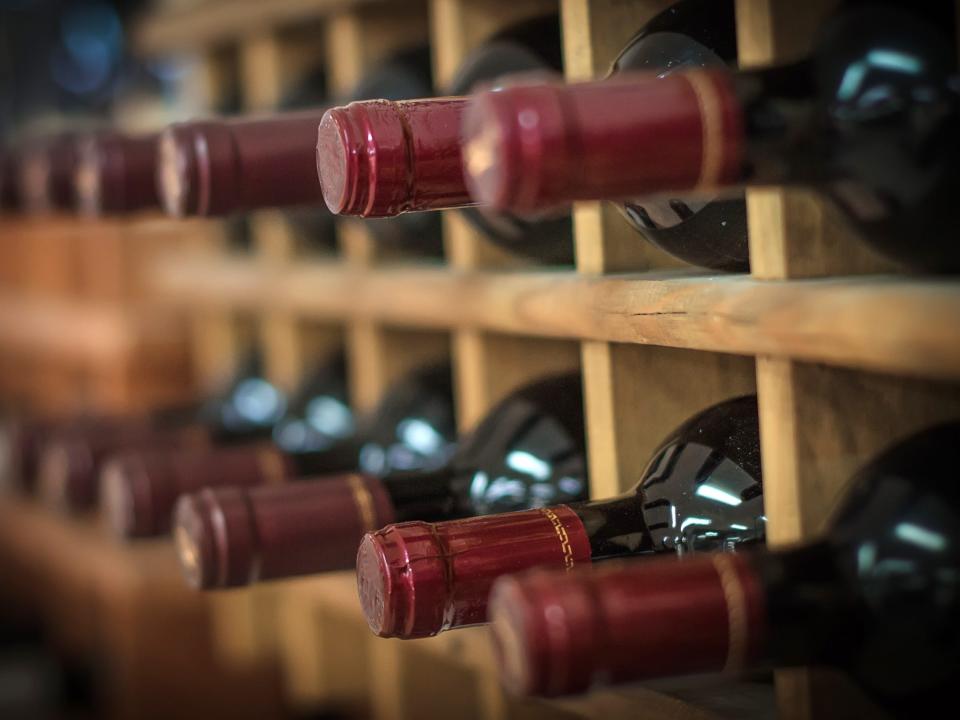
Napa Valley cabernet sauvignon is one of the most identifiable reds on the market, but that doesn't mean it's good. I prefer a juicy, rich, and robust saperavi.
The dark-hued red wine originates in the country of Georgia (the birthplace of wine) and is one of the oldest wine grapes in the world. It has notes of dark berries, cherries, and plums with hints of tobacco and leather.
One of the best saperavis I have ever had is from Lagvinari.
Rosé isn't the only summery wine.

Rosé may be a go-to summer sipper, but I like to shake things up with a glass of amber wine (also known as orange wine).
The unique style of white wine gets its distinct color from extended contact with the grape skins, resulting in a rich and complex flavor.
Although less recognizable than other wine names, orange wines like katsiteli, mtsvane, and kisi are becoming increasingly popular with sommeliers across the US.
I suggest looking into Georgian labels since the country has 8,000 years of wine-making history. One of the top producers of amber wine is Gotsa Wines.
If you constantly reach for pinot noir, consider expanding your horizons.
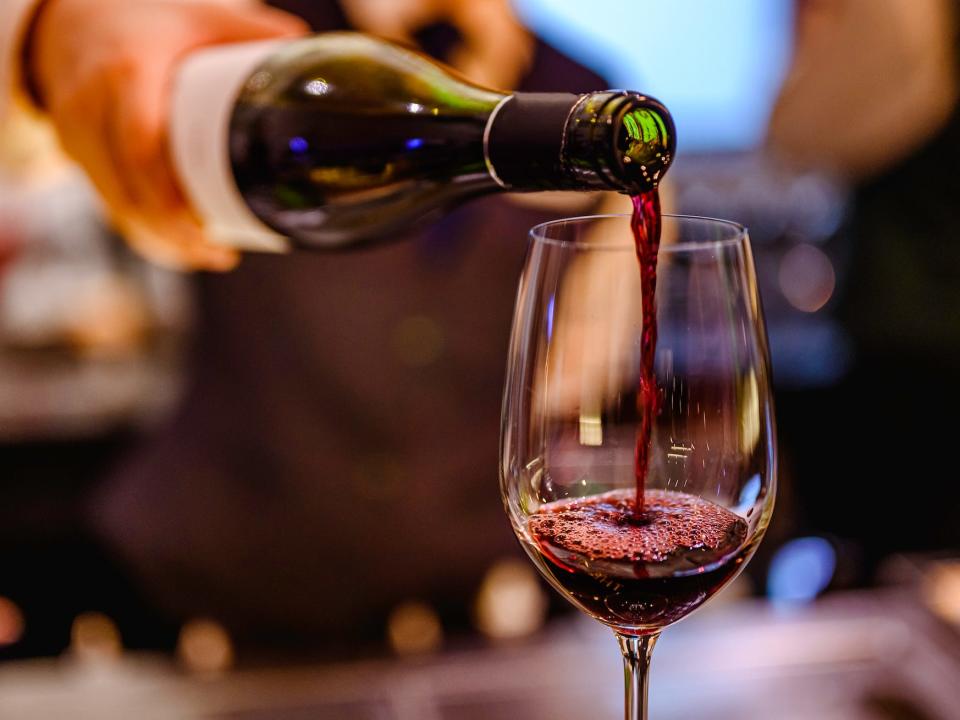
Pinot noir is another drink that I think people order mostly because it's recognizable. But I'd much rather dig into the wines made from nebbiolo grapes in the Piedmont region of Italy.
Nebbiolo produces a bold red wine that offers powerful tannins and flavors of cherry and truffle. It's an absolute delight for the senses.
If you want a more fruit-forward wine, look for nebbiolo d'Alba. For a bolder, more tannic glass, go for a Barolo.
It can be hard to find and quite expensive (at least $100 a bottle), but if you can get your hands on a Giuseppe Rinaldi Barolo, it's worth every penny.
Read the original article on Business Insider

